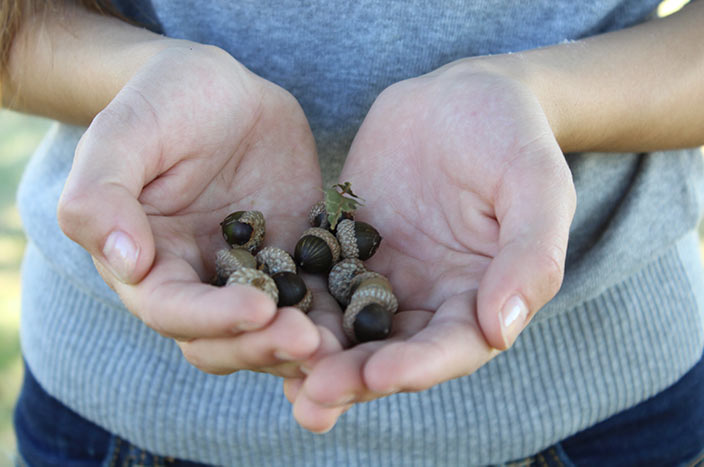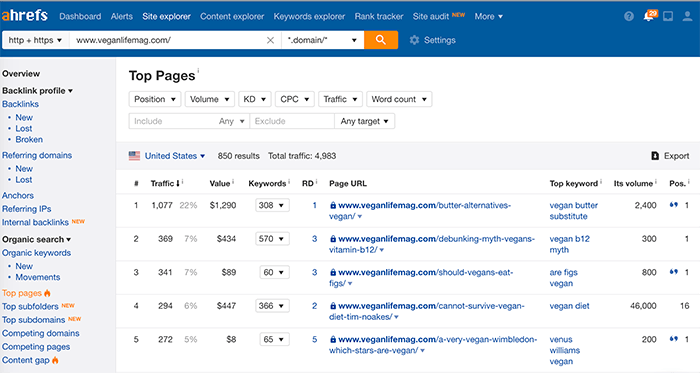Creating a short list of seed keywords is fundamental to search engine optimization, content marketing, and pay-per-click advertising. But for some marketers, the task of identifying seed keywords isn’t clear.
How many times have you started to read an article about keyword research where the first step is to “create a list of seed keywords,” but the article doesn’t explain how to do it? It might give hints like “make a list of things a typical customer might want or need” or it could suggest listing your products, but the process — if we can call it a process — of actually creating broad seed keywords can still be something of a guessing game.
Seed Keywords
Seed keywords are short. They are typically one or two words, without modifiers. A seed keyword might be as simple as “shoe.” It is a base, a starting place.
In contrast, other keywords or what some SEO practitioners might call long-tail keyword phrases could include modifiers. An example of a long-tail keyword could be “size 11 men’s Nike running shoes.”
Seed keywords are often used to grow, if you will, other keywords. A seed keyword is what you might put into the Keywords explorer tool on Ahrefs or the Keyword Magic tool on SEMrush to generate a long list of keyword phrases.

An acorn (a seed) can grow into a tree. Similarly, a seed keyword can help you grow a list of keywords and content ideas. Photo: Nakota Wagner.
Seed keywords and the associated keyword phrases they generate are useful for several reasons. These keywords can become ideas for articles or videos. They can also help you better understand the topics most important to your business.
Topic Clusters
Modern SEO often focuses on developing topical authority. In concept, it is the idea of positioning your site as the expert for a topic.
Search engine algorithms have gone beyond just counting links and matching keywords to understanding what your site’s content is about. Once a search engine can understand content on a given topic, it may also be able to judge that content’s quality and level of completeness.
This is where identifying seed keywords may also help you explore topic clusters. As you go through the simple process described below, you may find new areas of a topic that you might not have otherwise known about. You could cover a topic more completely than if you simply guess or brainstorm a list of seed keywords.
Content for Keywords
Magazines, blogs, social media posts, and similar are content — just the content you want to create, in fact. You can think of the journalists and influencers who create these bits of content as your peers. Their work can be an excellent place to harvest seed keywords.
Imagine you have an online store selling products for men in the burgeoning vegan community. Your products are vegan shoes (made from cork, hemp, cotton, or polyurethane) and beeswax-free solid cologne.
To help attract potential customers, build a topic cluster around the vegan lifestyle for men. You could write about vegan health issues, vegan diet, social issues that are complementary to veganism, or even men’s fashion.
1. Make a list of content sources. To understand a topic (remember, our example is masculine veganism), you will presumably encounter many sources. Make a list of those magazines, blogs, and influencers you believe are creating helpful content around your topic.
Here is an example list for veganism:
2. Find popular content. Use a tool such as Ahrefs, SEMrush, or similar to identify 10 or 20 of the most popular articles for each of the sources.

There are many SEO and content marketing tools, such as Ahrefs, that will help identify popular articles on your source websites.
Make a list of the page titles, H1 tags, and, if you’re industrious, H2 headers from each of those pages. Here is an example list from popular page titles on the Vegan Life website:
- “Cutting Out Dairy – List Of Vegan Alternatives For Butter”
- “Debunking The Myth – Vegans And Vitamin B-12”
- “Debate: Should Vegans Be Eating Figs?”
- “You Cannot Survive On A Vegan Diet, Says Tim Noakes”
- “A Very Vegan Wimbledon – Which Tennis Stars Are Vegan?”
Next, use the list of titles and headers you create to come up with possible seed keywords:
- Butter alternatives
- Vitamin B-12
- Eating figs
- Should vegans
- Diet
- Vegan stars.
Repeat this exercise for all of the sites and influencers on your source list. For example, here are the H1 titles for five of the most popular articles on VegNews:
- “11 Vegan Clothing Companies that Let You Wear Your Ethics on Your Sleeve”
- “20 Fabulous Vegan Gifts You Can Order on Amazon”
- “7 Vegan Instant Pot Recipes You Need to Make This Instant”
- “Vegan Just Egg Replaces 2 Million Chicken Eggs”
- “8 Vegan Winter Boots that Will Make You Look Hot.”
And here is a possible list of seed keywords extracted from these titles:
- Egg replacement
- Clothing
- Boots
- Gifts
- Recipes
- Instant Pot.
3. Organize and review. Next, organize your lists of potential seed keywords. Recipes, Instant Pot, egg replacement, butter alternative, and diets might all be organized together. Enter these seeds into a keyword tool to generate a list of potential topics or long-tail keywords.